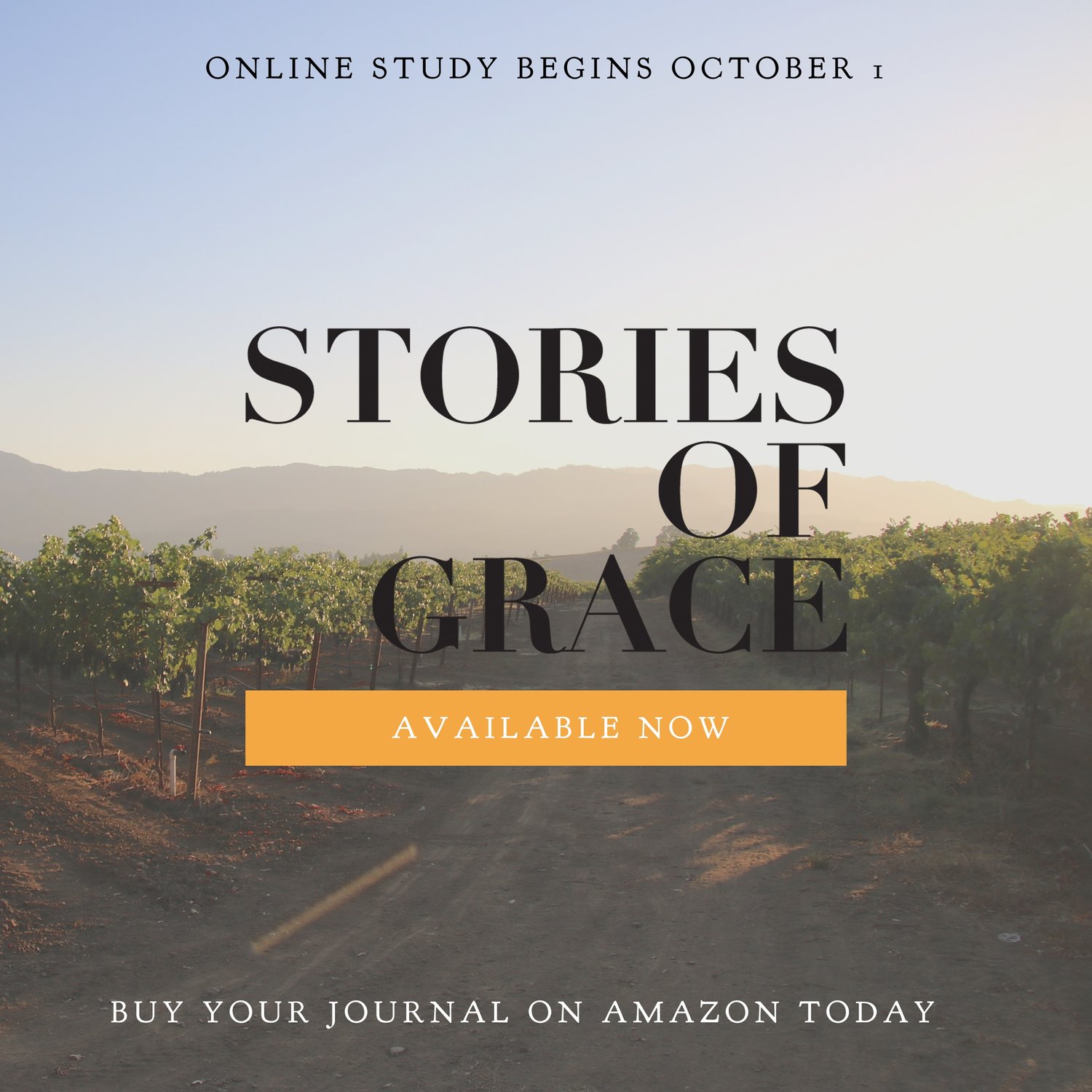The Icons are the Curriculum
/ “The same things that the Book of the Gospels explains by means of words, the iconographer shows by means of his works.”
St. Basil the Great
For as long as we've been a "Real Learning" household, religious education has taken place largely within the context of the liturgical year. The cycle of feasting and fasting, the celebration of the life of the Lord, the joy of the communion of saints--all have richly blessed our life as a family and all have richly educated our children in the truths of the faith.
My children are sensitive to the changing colors and the changing seasons of the life of the Church. For Advent--one of the purple seasons--we have a multitude of well-established traditions in our family. Advent is full and rich and somewhat predictable. The children know we go from St. Nicholas to Our Lady of Guadalupe, to St. Lucy and so on until we arrive at the Christmas Vigil. It's a lovely, tradition-filled, rhythmic season.
We have far fewer traditions for Lent, far fewer markers along the journey. I have several atrium presentations and each year, we wonder together over the days leading to the Passion.
But I was looking for something more--something visible and tangible and steeped in tradition. Two of my children have Orthodox godparents. Every year that I can remember, the Orthodox Pascha has fallen on a different date than the Roman Catholic Easter. This year, the calendars line up. And this year, Katherine has blessed us with a beautiful look inside the Eastern church. A perfect rabbit trail! I can use those those beautiful ancient Lenten traditions and the icons that go with them and together with my children, we can learn about the history of the early church and the life of our Lord.
We played a little catch up. Using Katherine's essays on the five Sundays leading up to the Lent, we looked anew at Zaccheus. See, there he is up in that tree.![]()
Those essays are no longer available, but similar essays appear in Great Lent. We studied the icon of Zaccheus and then colored one of our own. Each of the older children wrote a narration of the story and then a meditation of their own for their liturgical year notebooks.
And so it followed for each of the five Sundays leading up to Lent.Each icon is lesson unto itself, a lesson that deepens every time we look at it. But this isn't the lesson of a catechism book, nor is it a work of art. The lessons in the icons sow the seeds of prayer. The idea here isn't so much to illuminate our minds, as to touch our souls. We learned a great deal about the stories or the saints depicted to be sure, but the knowledge isn't for knowledge's sake--it's to bring us deeper into the icon and so into a deeper union with the mystical truths that are there.
We've read before the story of the Publican and the Pharisee, of the Prodigal Son, of the Last Judgment, but this year, we learned to look at those stories anew with the icons as our windows. In true rabbit trail-, real learning-style, we are going to continue our studies throughout Lent. The icons will be our curriculum. We'll look at the creation of man and his expulsion from Eden, the road to calvary, the ladder of divine ascent, all from a contemplative perspective. Just as we approach the works in the atrium, using physical objects and figures with a reverence and a sense of wonder, we will look to the icons in a spirit of prayer.
In true rabbit trail-, real learning-style, we are going to continue our studies throughout Lent. The icons will be our curriculum. We'll look at the creation of man and his expulsion from Eden, the road to calvary, the ladder of divine ascent, all from a contemplative perspective. Just as we approach the works in the atrium, using physical objects and figures with a reverence and a sense of wonder, we will look to the icons in a spirit of prayer.
I ordered a few books to help our study:
How to Pray with Icons is a little book I ordered from Seton Home Study. There are colorful icons as well as explanations of gospel events and brief prayers. The emphasis is not on art--indeed, I will use something entirely different for picture study to emphasize this to my children--but on icons as windows into heaven.
The Story of Icons is a truly beautiful book that takes the study much deeper than the book above. It's a natural for those of us who want to more after first experiencing this gateway to heaven.
Of course, one of the first books I turned to when I began planning this study was Brother Joseph The Painter of Icons. Brother Joseph is truly a living book on iconographpy, because adults and children alike read it and are drawn into to the story of the creation of icons.
I also ordered The Icon Book and several other icon coloring books. I think that in coloring these icons, even my very oldest children will gain an appreciation for the truths they tell. With the coloring books, I did splurge and buy some new colored pencils. Crayons just won't do these justice.
Duplicate sets of Icon flash cards make a nice matching game and give the children even more to look at and contemplate. Paidea Classics offers icon ornament kits for Sundays during Lent and Holy Week.
I see the introduction of icons into my home to be as exciting as the introduction of the atrium materials for the Catechesis of the Good Shepherd. There are striking similarities. Both are tangible, touchable, visual methods of wondering with a child about God. Neither of them get between God and the child. Both of them encourage the child to go again and again to the same "presentation" and to come away with a deeper personal meaning each time. Finally, both have as much potential to impress a truth upon the "teacher" as they do to impress the child.
The dictated or written narration of the story told with an icon, together with a meditation or prayer written by the child is more than enough "academic religious education" and these pages become priceless personal notebooks.
Usually, a rabbit trail in my house includes reading for me. I have found that my own passion for (or at least interest in) a subject makes a big difference in how well it is received by my children. We are all learning together. So, Michael and I will begin with the icons and then delve a little deeper into the early church as well. I've linked all my lenten reading on the sidebar to the right. Incidentally, Mike Aquilina has a blog that offers daily food for thought from the early church fathers.
As we progress through Lent, towards Holy Week, we will have personal encounters with visual reminders along the way.
We'll look carefully at the triumphant journey to Jerusalem, both with icons and with carefully chosen figures and felts.
We'll talk about Christ's great love for us as the bridegroom of the Church. On Wednesday, we'll discuss the sad betrayal of Christ by Judas.
On Holy Thursday, our thoughts will turn to the icon of the Last Supper, the Mystical Supper, and to the presentation of the work in the atrium that we call "The Good Shepherd and World Communion."
On Good Friday, we will ponder His passion. The children will enter into the work of the atrium and see Jesus as He is hung on the cross and then they will carefully, lovingly, take Him down and put Him in the tomb.
On Easter Sunday,they can rush to the tomb and roll the stone away! They can gaze in wonder for as long as they like at the Resurrection of Our Lord!
For children who are used to picture study and trained in the habit of attention, "really looking" at an icon is as natural as breathing. And for a child who has grown in an atrium and is well accustomed to wondering and pondering, the invitation to do so while studying an icon seems almost superfluous. They just do it. So often, our talking, and even our writing, is superfluous. The deepest truths, the truest connections are made in silence. As Saint Basil the Great wrote, “With a soundless voice the icons teach those who behold them.”
Many, many thanks to Katherine for her generous contribution of time and knowledge towards my education in designing this study for my family.














